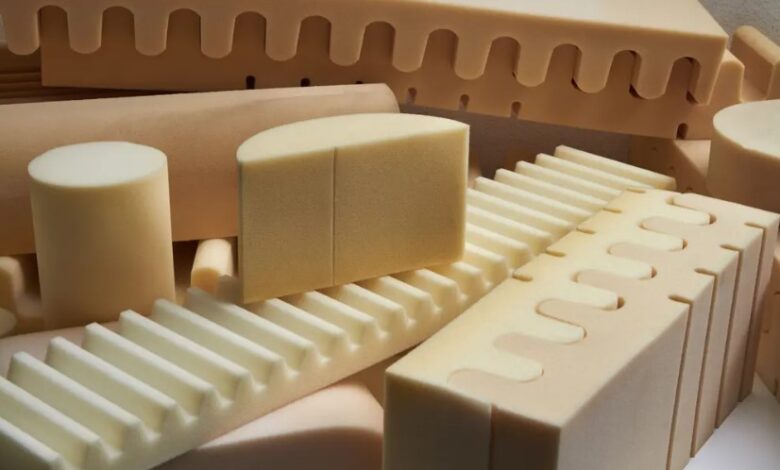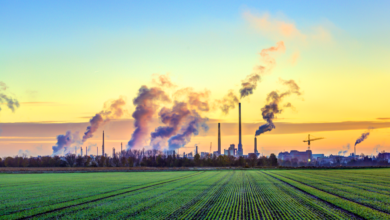Northwestern University recycles polyurethane with a zirconium catalyst and a kitchen blender
From mattresses to shoes, we find it everywhere. Yet, as with many other materials designed before the circular economy, the polyurethane recycling is still impossible today. But a few days ago, we had one more hope of reversing course. A group of researchers at Northwestern University, in fact, has developed a new method of recycling polyurethane foams.
How to polyurethane recycling sustainably
The technique uses non-toxic and more environmentally friendly catalysts. The process involves chemical reactions that simultaneously reprocess and “risk” polyurethane after heating. A zirconium catalyst is used for the operation. This is incorporated into the material after reducing it into smaller fragments using a kitchen blender. When polyurethane is heated, the zirconium catalyst reorganizes its bonds and allows the material to be reshaped. At the same time, a substance called foaming agent generates new gas bubbles, which get trapped in the plastic. In this way, the old polyurethane foam, usually used only once, is transformed into a new remodeled foam. The results are encouraging, because polyurethane recycling produces foam that maintains its durability and structural and chemical integrity.
read also Industry must set standards quality for recycled plastic
Why polyurethane recycling is an important innovation
The traditional recycling of polymer plastics involves melting and subsequent casting into moulds for new use. But the most durable plastics do not melt, because of their dense lattice structure. It is the case of polyurethane used for spray foam insulation, car interiors or certain types of clothing. For these and other objects, such as mattresses or shoes, there is not much to do: the fate at the end of life was the landfill. But thanks to Northwestern researchers, maybe now you can write a different story. According to the study, the implications of the new technique are global. This discovery could in fact be applied to post-consumer products, but also to a large amount of industrial waste, to immediately put them back in the production process.






